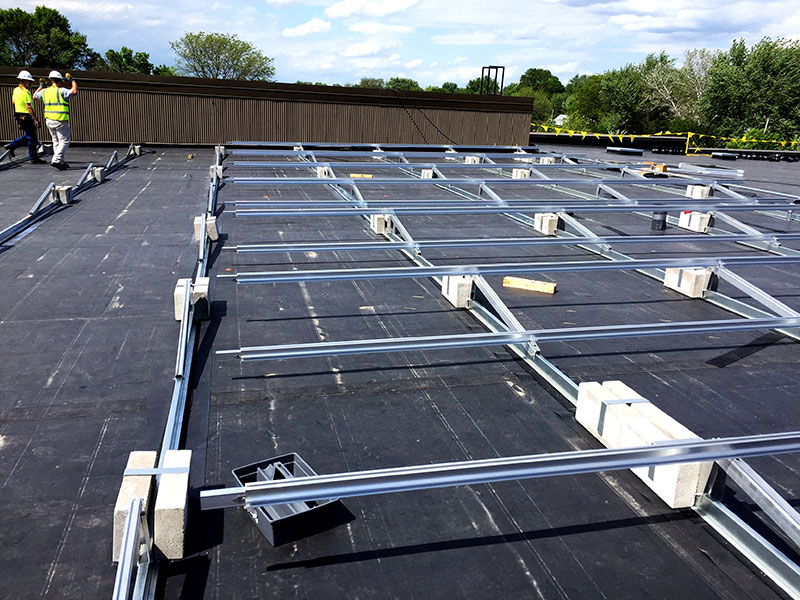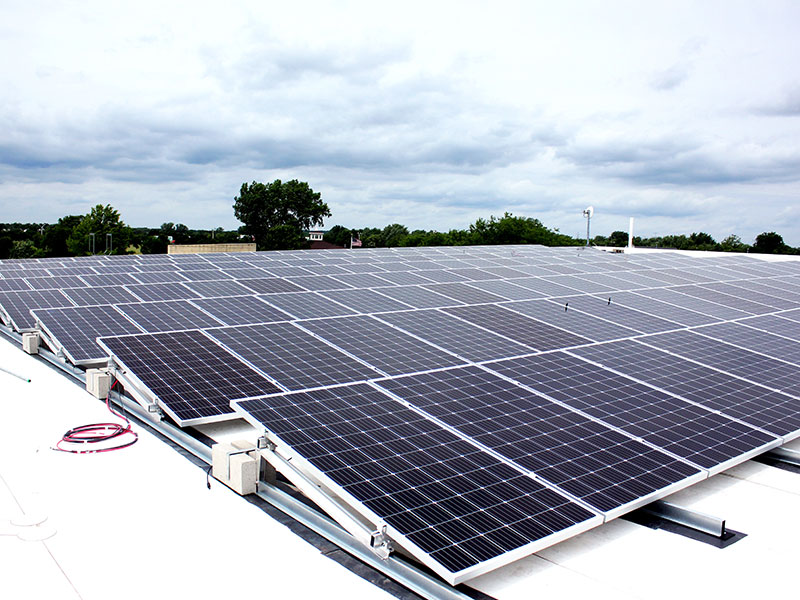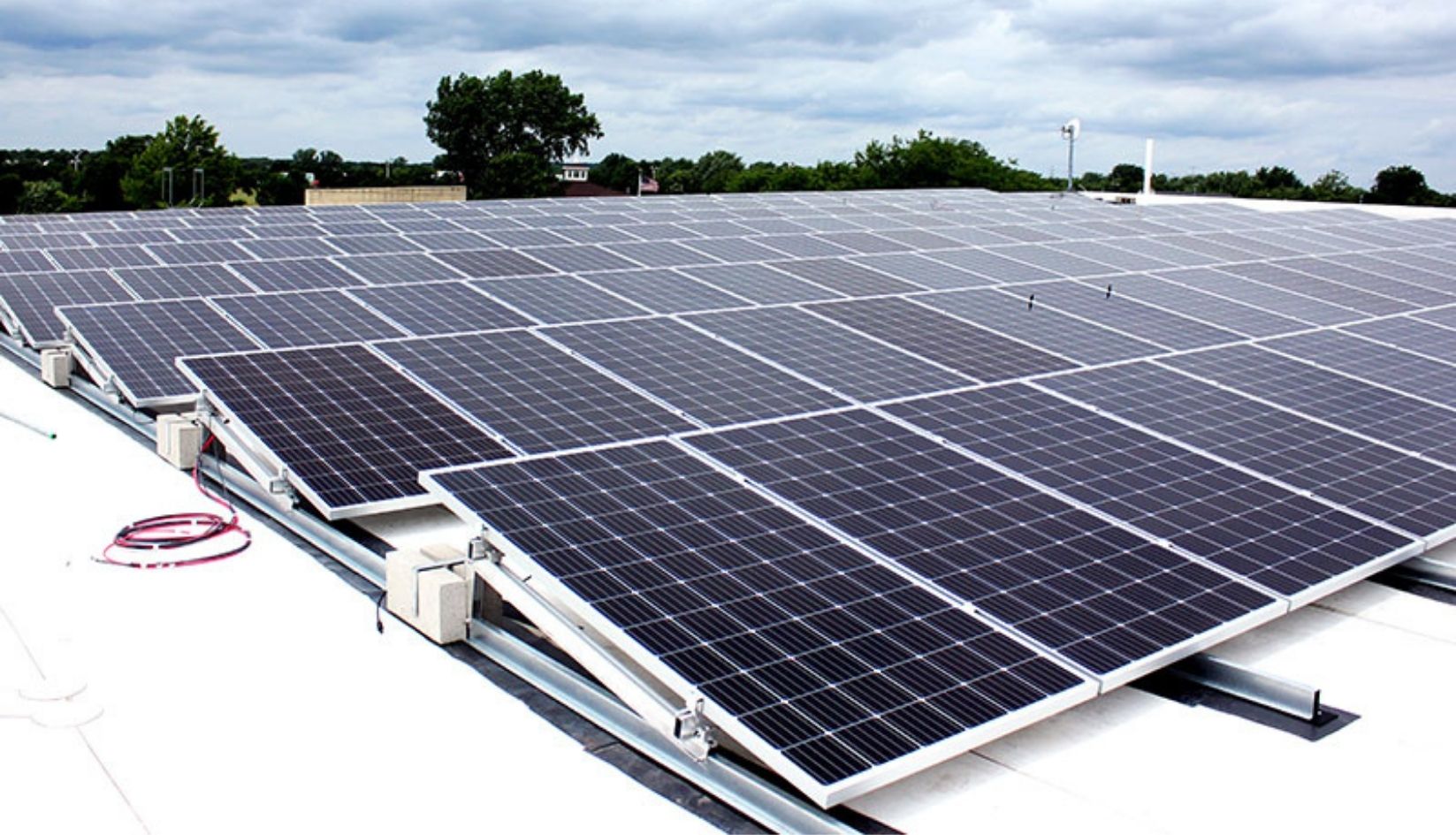TerraGen prepared site-specific design and construction packages, which enabled installers to assemble the PV system most efficiently utilizing direct load transfer.
The Challenge
On occasion, structural challenges or building constraints arise with rooftop solar PV projects. One example is when the roof has insufficient load-bearing capability to handle the loads imposed by the solar PV system.
In addition to the weight of the system, snow load on the base rails into the roof can cause issues. In these cases, the customer may have to abandon the project due to the roof capabilities. There are many causes for limited, or non existent, load-bearing reserve capacity. Some include undersized decking, heavy roofing systems, heavy snow loads, or outdated building materials.
The reality is, most mounting systems do not have flexibility in how loads are transferred into the building roof structure.
The Solution
TerraGen has experience in overcoming site restrictions and navigating complex structural challenges to enable the system installation to proceed. In these cases, we work with the customer and structural engineer to thoroughly understand all limitations and building structure.
On one portfolio in Illinois, TerraGen worked with the building engineer to identify an allowance to load transfer directly over the OWSJ, in circumstances where the joists run parallel with the base rails on the TGR system (north/south). The spacing was provided and then TerraGen used this to ensure the OWSJ did not exceed the allowable rail spans.
TerraGen’s TGR system is the most flexible flat roof racking system available in the industry. It can accommodate any tilt angle, any row spacing and the substructure spacing is completely flexible. TerraGen was able to match the OWSJ spacing with their base rail spacing to accommodate a direct load transfer into the OWSJ.
The Result
TerraGen has been able to save projects across Canada and the United States with this same challenge of loading restrictions.
PV projects consisting of 4737 modules (1,606.94 kWp) were installed, and the customer did not incur additional costs. TerraGen prepared site-specific design and construction packages showing the location and dimensioning of all base rails and load transfer points. This gave the building engineer the confidence to approve the installation, enabling the installers to assemble the PV system efficiently.




